Different Types of Jade Plant Varieties and Kinds
With more than 200 varieties, the jade plant is surely a popular houseplant. Out of these types, Crassula Ovata, also known as the common jade is the most prevalent one.
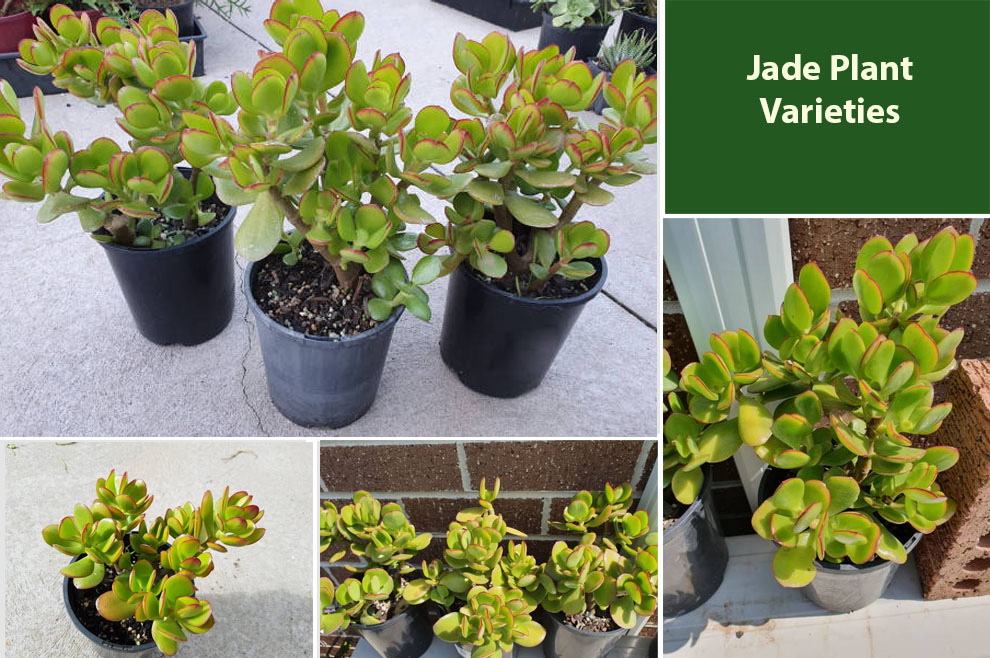
Belonging to the Crassula genus and botanically called the Crassula Ovata, Jade plants are not a single variant. Several jade plant varieties exist in diverse sizes and colors. Known for its white and pink flowers, smooth, green leaves, and thick branches, the Jade plant has several species.
Native to Mozambique and South Africa, these succulents are popular houseplants because they can endure most conditions and need minimum care to survive. They are prized for their ornamental value and thrive in containers. People colloquially call them the money plant.
You can find over two hundred different kinds of jade plants. While some varieties have coin-shaped leaves and branches like small trees, others grow low with spiky or pencil-shaped thick leaves.
Depending on the degree of sun they can get, the plants can have red markings around the edge. Where some cultivators have bluish-green leaves, and others have yellowish-green foliage.
The succulents have a tree-like appearance and usually grow up to eight feet. Under the right conditions, they even yield flowers.
Now, let us discuss some popular jade varieties.
Different Types of Jade Plants
- Common Jade Plant
- Gollum Jade
- Botany Bay
- Ripple Jade
- Silver Dollar Jade
- Jade Necklace
- Pink Jade Plant
- Weeping Jade
- Miniature Jade Plant
- Red Flame Jade
- Campfire Jade Plant
Even though you may not have encountered over one or two types, there are over two hundred different Jade plant types. It also comprises the cultivators reared for sale as houseplants. For instance, one cultivator, Crassula ovata’ Hummel’s Sunset, was lauded by the Royal Horticultural Society with the Award of Garden Merit.
A. Common Jade Plant
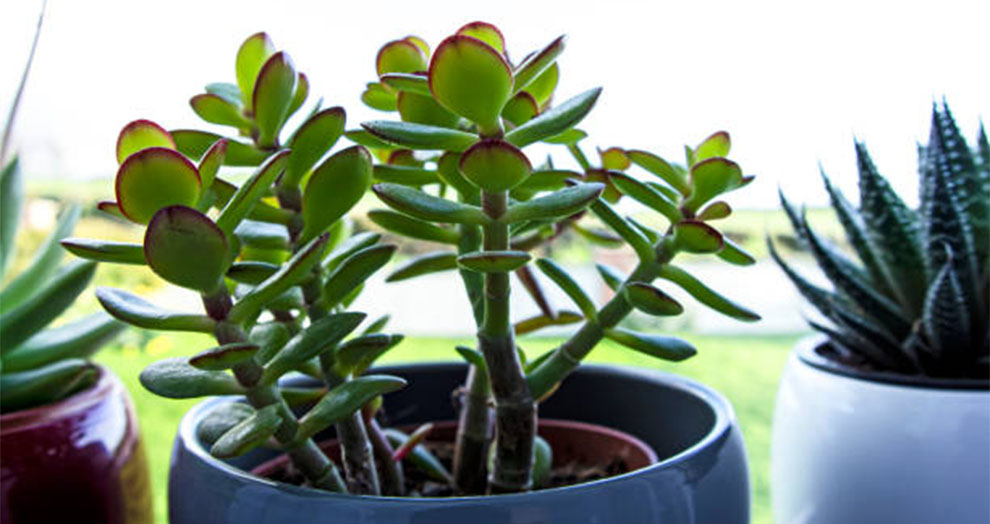
| Botanical/Scientific Name | Crassula Ovata |
| Size | Six feet |
| Leaf Color | Rich jade green, but some may look yellowish-green |
Also known as Crassula Ovata, these are the most prevalent jade plants and one of the earliest discovered varieties. It is also one of the top-grown indoor plants because it is easy to maintain and grows very fast. During spring, it yields pearly-white flowers that accentuate its beauty.
B. Gollum Jade
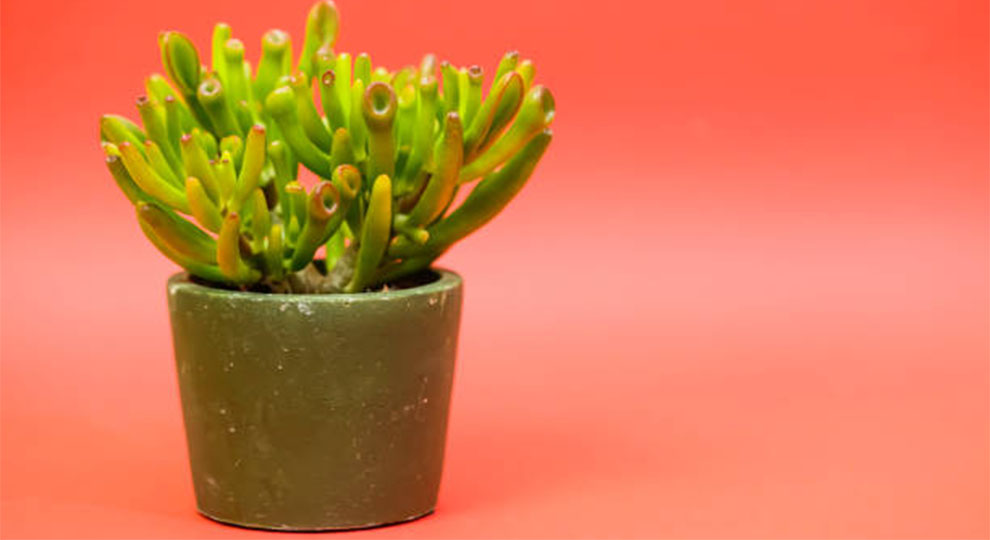
| Botanical/Scientific Name | Crassula ovata ‘Gollum’ |
| Size | Three feet |
| Leaf Color | Green leaves that look like fingers |
These kinds of jade plants are called money plants. It is a shrubby small plant that grows up to two inches wide. Many refer to them by their common name – Finger Jade.
The plant is a small low-maintenance succulent whose leaves grow vertically from its woody central stem that looks like a tree trunk. They have red circles on the top. They yield small star-shaped pink flowers in the early winter and late fall.
C. Botany Bay
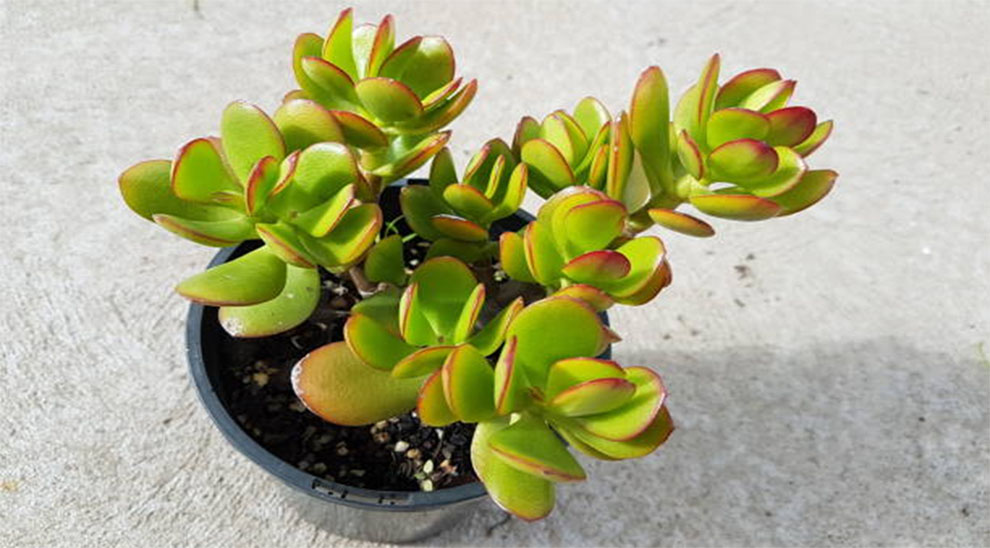
| Botanical/Scientific Name | Crassula ovata ‘Botany Bay’ |
| Size | 2.5 meters |
| Leaf Color | Fleshy light green leaves with red tips |
It is one of the compact and bushy Jade cultivars, which depicts its attractive red hues in dry conditions. Botany bay is considered the most outstanding pick amongst the different types of jade plants, especially from the gardener’s perspective because of its bushy and compact nature.
It is a small-growing plant that maintains its shade over time. During cold, hot, or dry conditions, its foliage develops an alluring red-lipstick-colored blush.
Native to Mozambique and the Eastern Cape and KwaZulu-Natal provinces of South Africa, these succulent yields white or small pink flowers and are popular houseplants globally. They can survive in almost all indoor conditions.
D. Ripple Jade
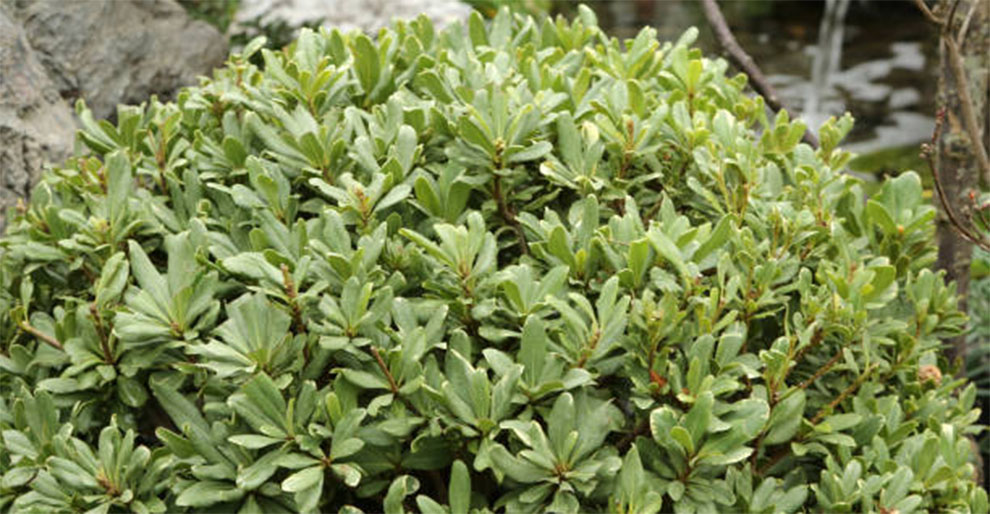
| Botanical/Scientific Name | Crassula arborescens ssp. undulatifolia |
| Size | 3 to 4 feet |
| Leaf Color | Grayish green leaves |
Ripple Jade has rounded, compact heads on top of its branches, which add to its beautiful bonsai appeal. These jade plant varieties have grayish-green erect and twisted leaves.
They have purple edges on the leaves if grown in the right place. Ripple Jade can grow into a rounded shrub, and its mature varieties can grow up to four feet.
However, the plant does not form any woody stems. It is easy to prune. Upon maturity, it becomes drought tolerant. The plant is cold hardy and yields star-shaped pinkish-white flowers.
E. Silver Dollar Jade
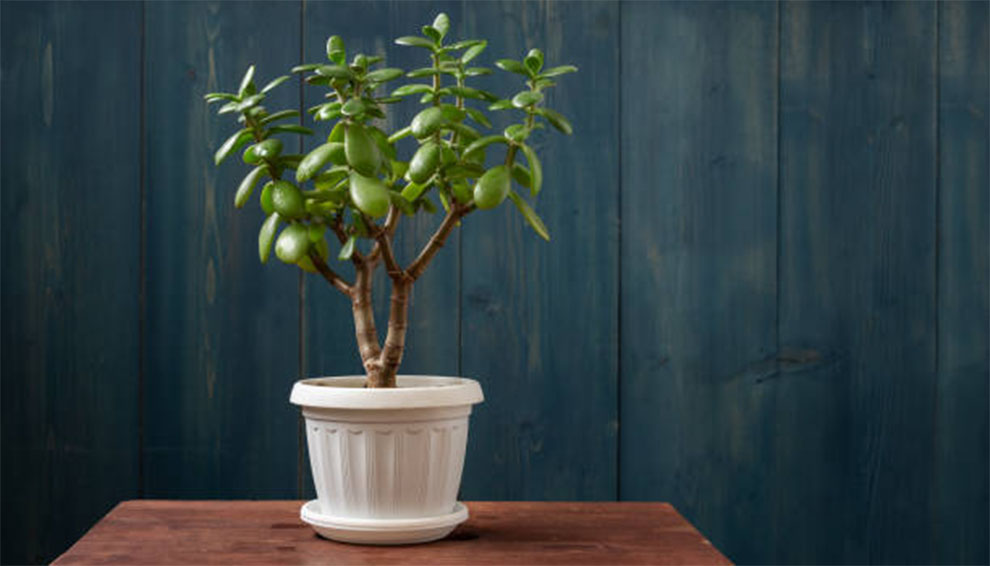
| Botanical/Scientific Name | Crassula Arborescens |
| Size | Two to four feet |
| Leaf Color | Silvery-blue |
These beautiful Jade plants are slow-growing robust, low-maintenance shrubs with burgundy edges. Its flowers grow from the tips, blooming during the autumn winters, and last a long time.
Silver Dollar Jade is an endemic plant in the Western Cape, South Africa. Surprisingly, this jade plant species resembles traditional Jade plants. You can grow it outdoors in USDA hardiness zones ten through eleven, but it also does well indoors.
F. Jade Necklace
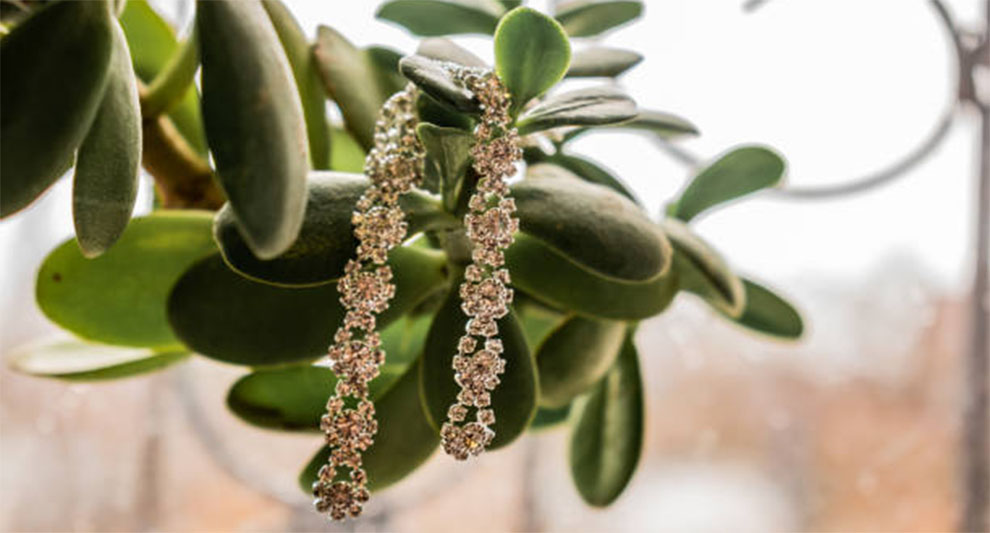
| Botanical/Scientific Name | Crassula marnieriana |
| Size | One foot |
| Leaf Color | Green with red hues |
Beautified by the attractive pink and white star-shaped flowers in late winter, these plants have green leaf-colored stems with a red rim. Its leaves grow in a stack, looking like a necklace.
Many even refer to them as the Worm Plant or the Chinese Pagoda. You can grow them indoors and outdoors.
These varieties thrive in full sun and do best in USDA hardiness zones 9A through 10 B with well-draining, porous soil. For best results, let the soil dry before the next watering.
G. Pink Jade Plant
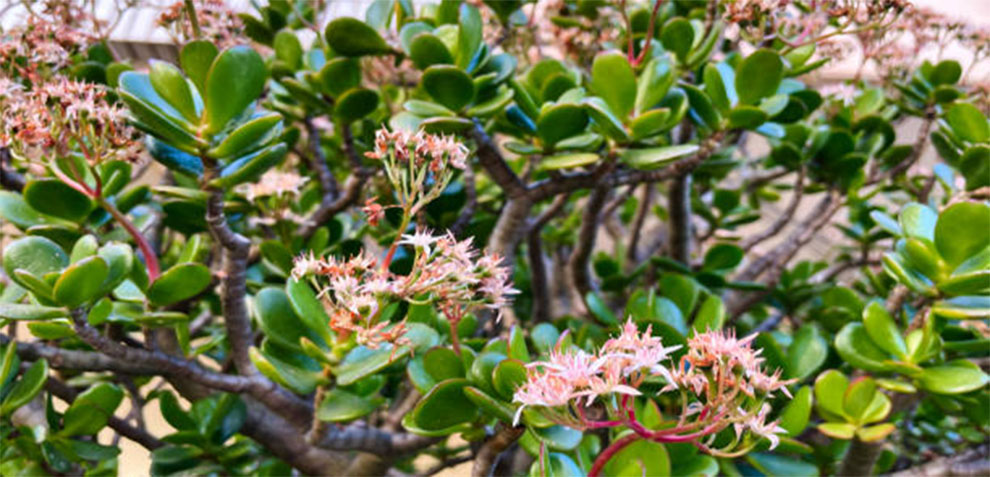
| Botanical/Scientific Name | Crassula Ovata ‘Pink Beauty’ |
| Size | 5 feet |
| Leaf Color | Green with a red blush |
Also called the Pink beauty, it is a beautiful Jade plant with more pink colors than the typical Jade hues. This plant has pink stalks, unlike other different jade plant varieties with brown stems.
The plant yields obovate leaves, which look sparse on its colorful stems. It is one of the larger varieties that grows up to five feet. You may get beautiful star-shaped pink flowers during winter if you are lucky.
These flower clusters yield an alluring fragrance, which can brighten any room, even on dark winter days.
H. Weeping Jade
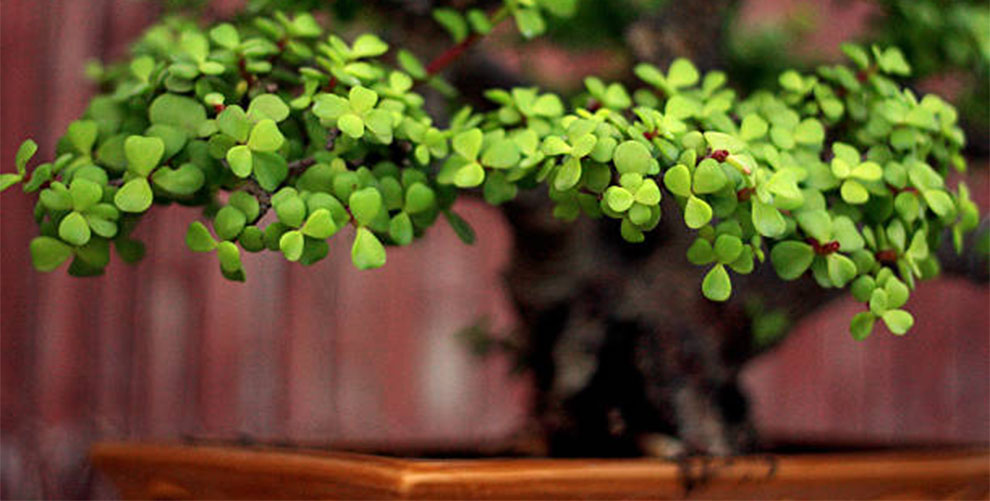
| Botanical/Scientific Name | Senecio jacobsenii |
| Size | Three inches (groundcover) |
| Leaf Color | Egg-shaped green leaves that turn mildly purple during winter |
Also known as the Kleinia Petraea, Vining Jade, and Trailing Jade, the Weeping Jade is native to Kenya and Tanzania. The plant has a fleshy stem and can thrive even in extreme drought conditions.
In winter, it produces bright orange, hairy flowers. The plant thrives in full sun and does best in USDA hardiness zones 10 A through 11 B.
It needs light fertilizer annually and neutral pH sandy soil. During the winter, you must water sparingly. However, even in summer, its water requirements are not huge.
I. Miniature Jade Plant
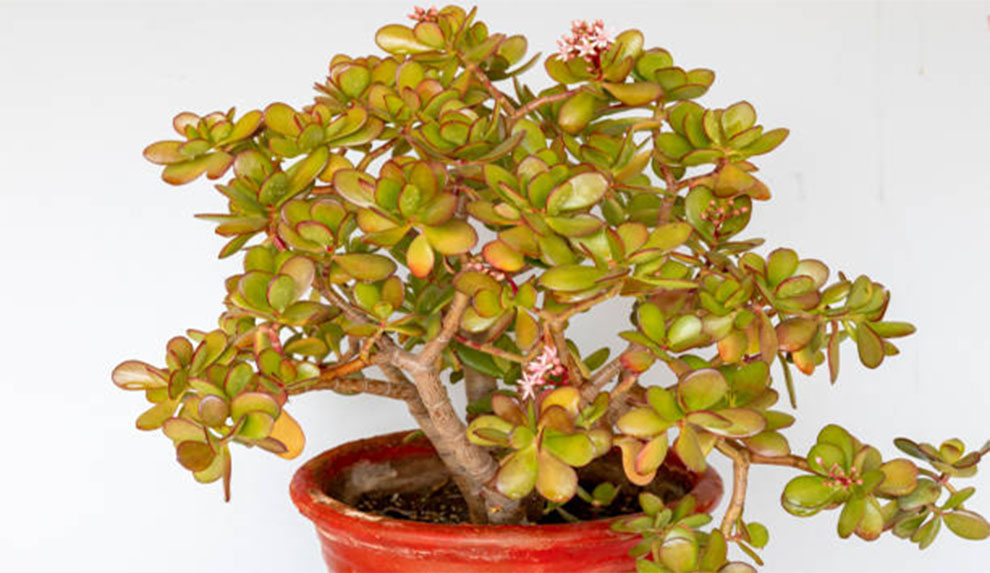
| Botanical/Scientific Name | Crassula ovata minima |
| Size | 2 to 3 feet |
| Leaf Color | Small green and red pointed leaves |
Native to South Africa and Mozambique, the Miniature Jade Plant belongs to the Crassulaceae family. It is an evergreen succulent that has short growth.
Like the different kinds of jade plants, this is not a lucky plant, but it is an excellent ornamental plant with compacted, tiny leaves that grow in round clusters.
The plant does best in partial or full sunlight, but they need regular watering to thrive and can accentuate the look of any space.
J. Red Flame Jade
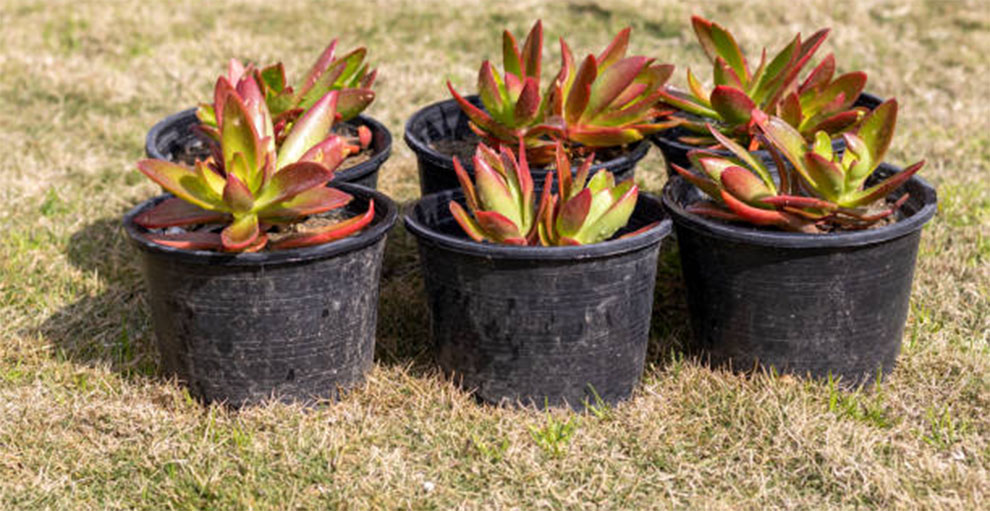
| Botanical/Scientific Name | Crassula capitella |
| Size | Two to three feet |
| Leaf Color | Bright green that change color to red upon maturity |
Native to South Africa, the Red Flame Jade is a perennial plant with attractive leaves stacked onto each other. Its leaves get smaller as they reach their peak and have a bright apple hue if grown in the shade.
It is a beautiful ornamental plant that can amplify the appeal of any living space. Like the other jade plant species, even the Red Flame Jade seeks direct sun for good growth.
Water it once a week to keep its roots moist. But, to protect the roots, do not overwater the plant.
K. Campfire Jade Plant
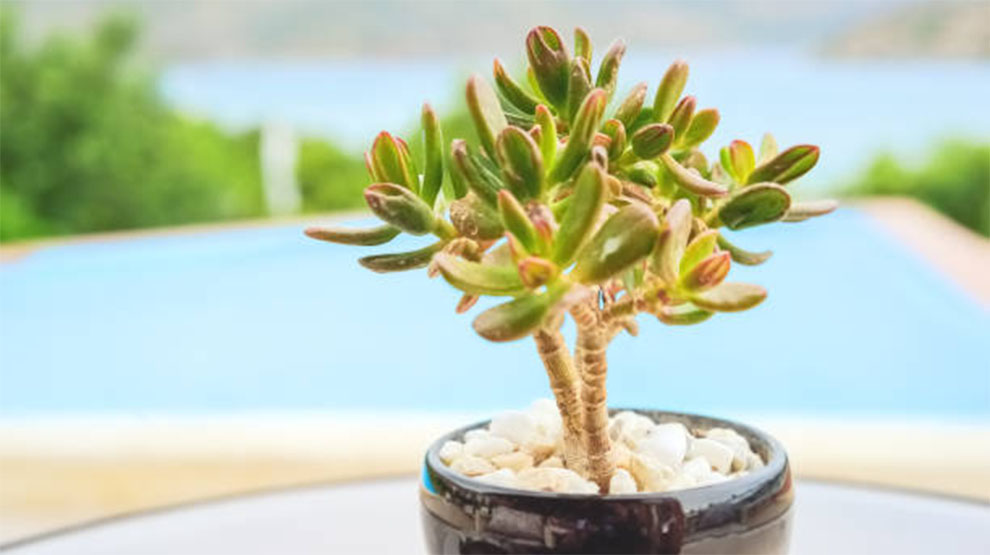
| Botanical/Scientific Name | Crassula capitella ‘Campfire’ |
| Size | 6 inches tall but about three feet wide |
| Leaf Color | Light green with a red hue that changes color to crimson in winter |
The Campfire Jade Plants have propeller-like foliage with an attractive blend of red and green, which gives it a beautiful, but dramatic look. These jade plant varieties need regular watering but thrive in full sun to partial shade.
The plant produces red or white flowers and is attractive in summer, spring, and fall. It produces white flowers during the summer, and its leaves grow from the short branches that seem like scarlet propellers.
The plant has triangular, densely stacked leaves on the branches and grows about six inches long. It is one Jade plant that grows best outdoors, but you can also grow it indoors.
Since the plant tends to get bushy, you must prune it regularly to maintain its appeal.
Though Jade plants love the indoors, you can also grow some jade plants outdoors. A few of the varieties that do well outdoors include:
- Silver Dollar Jade
- Jade Necklace
- Campfire Jade Plant
Related: Jade Plant Lifespan | Best Fertilizer for Jade Plants | Jade Plant Winter Care
Jade Plant Identification
Typically, Jade plants have a distinct shape, which separates them from other plants. Here are some tips for identifying the different kinds of jade plants.
Leaves

Typically, the Jade plants have coin-like, fleshy, thick leaves, which are deep green but may be variegated with brown, red, or yellow hues. These leaves give Jade plants a succulent-like appearance.
If its leaves do not look like that of a succulent, you are probably not looking at a Jade plant. In addition, the leaves should be oval and rounded, but in some Jade plants, leaves may be oblong.
Their green colors might be dark, bright, or mild, but some green will always show. Beyond being green, the Jade plants’ leaves yield a blush red color when in contact with sunlight, but the degree of redness will vary among the different types of jade plants.
Most species will only show the blush-red color along the tips and the margins, but others may also become half-red and half-green with hybrid leaves. Some Jade plants turn completely red too.
Related: Jade Plant Leaves Turning Yellow
Stems
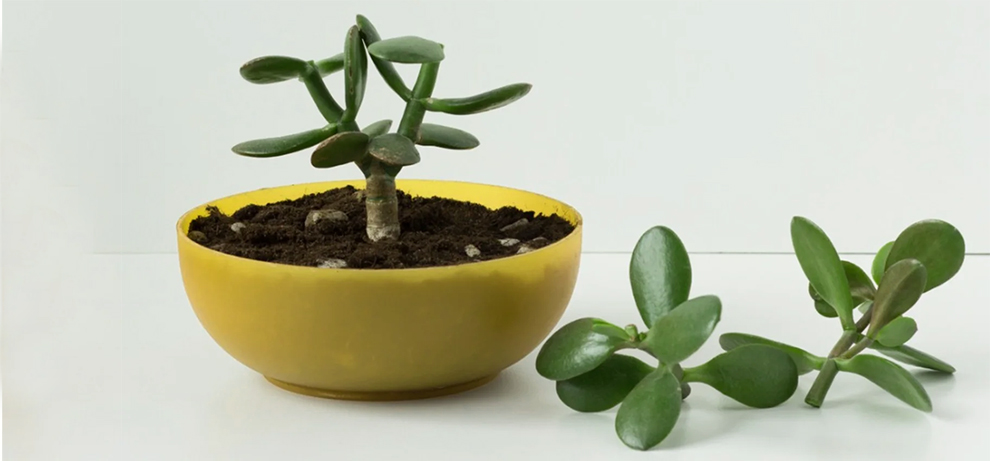
Jade plants have a strong and defined branch structure, one of their standout features. Its branches depict an alternating pattern and are often very fleshy and thick. Their branch structure is good and can effortlessly handle the leaves’ weight because most species have woody, thick stems.
The stems’ strength offers it the needed robustness to look upright. Further, their woody stem makes them look like miniature plants, which makes them ideal for growing as a bonsai-like tree.
Flowers

Jade plant varieties typically do not have showy or spectacular flowers. They are small and yield pink or white flowers with a star-like shape. The flowers grow on the branch tips and appear in bundles of three to five.
Their flowers have an appealing aroma. Some of the Jade varieties are monocarpic, meaning they bloom and die. However, such is not the case with all the Jade plants.
Which Are Plants Similar To Jade Plants?
A popular succulent specie from Africa, Portulacaria Afra, also known as Elephant Bush, Baby Jade, and Dwarf Jade Plant, looks much like the original jade plant. However, it has compacted growth and smaller leaves.
How To Care For A Jade Plant?
Beyond being associated with bringing good luck and prosperity at home, the Jade plants are also prolific growers. Fortunately, these plants are easy to look after and demand minimal attention.
The care requirements for the different jade plant varieties are more or less the same. Here are some tips that can help:
1. Keep it away from the direct sun – Jade plants do best in bright areas or in the shade as it needs light but filtered sun every day for six to eight hours. But, when you put it in direct sun, ensure it is within your sight and care because excessive sunlight may burn the leaves.
2. Water only when the soil is dry – One vital tip to remember when you have jade plants is occasionally water them, ideally when the top soil feels dry. So, before rewatering, you must assess the soil and ensure it is significantly dry before you water it again.
3. Prune regularly – Pruning can also be essential for taking care of your Jade plants. Prune when needed and not whenever you like it. Regular trimming helps maintain the plant’s visual appeal and keeps it in good shape.
4. Potting – You must plant your Jade in a compact container, ensuring enough breathing space for them to grow.
Related: Propagating Jade Plant In Water
What Are The Common Pests & Diseases That Infect Jade Plants?
Proper jade care can help you grow strong and healthy plants. Typically, healthy jades do not suffer from pest-related concerns. Hence, you will probably never see any mealy bugs on these plants.
But, if your plant is not healthy, it is susceptible to spider mites, houseplant scales, and mealy bugs. Instantly treat them because pests pose severe problems for the plant.
You can spot and remove these infestations by dabbing rubbing alcohol and wiping off the leaves. Neem oil has a residual impact and works well to combat insects and pests too.
Horticultural oil spray and insecticide soap also helps you treat bugs. However, be cautious if spraying for the first time, as the jade plants are sensitive to these sprays, and they might end up doing more damage than good.
Thus, experts recommend testing the spray on some leaves before you use it on the entire plant. You can continue using the rest of the plant if there is no damage.
Frequently Asked Questions
Ques 1. Which type of jade plant is lucky?
Ans. Most kinds of jade plants are known to bring financial wellness and are considered lucky.
Ques 2. Do jade plants prefer indoor or outdoor?
Ans. In warmer conditions, you can grow your jade plants indoors and outdoors. But, if you live in colder regions, it is best to stick to indoors or bring your Jades inside during the colder months.
Ques 3. Which are the best Jade Plants to grow as a Bonsai?
Ans. Dwarf Jade can be one of the best picks to grow as a bonsai.
Ques 4. Which are the rarest jade among different jade plant varieties?
Ans. Two rare varieties include Crassula ovata’ Lancaster Variegated and Crassula ovata’ Hummel’s Ghost’.
